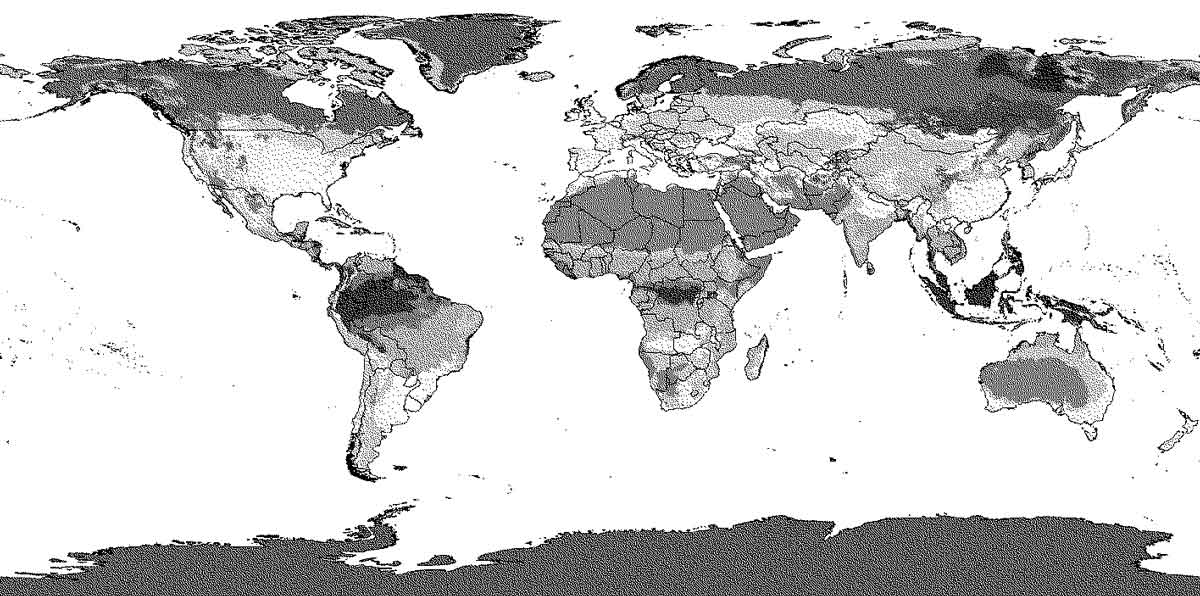
You are surely familiar with the classification of climates established by the Russian climatologist Wladimir Peter Köppen (1846-1940) and revised by Rudolf Geiger (1894-1981).
This classification of regional climates had been established on the basis of climatic, but also biogeographic, data: Köppen had the idea of relying on global vegetation maps to draw the boundaries of regional climates.
However, this map does not show urban climates, where more than half of the world's population lives!
We could say that urban climates are ultimately only a variation of the regional or local climate, but we now know that they share similar climatic characteristics, the consequences of which are more or less important (heat island, impermeable soil, texture mineral, air pollution, anthropogenic heat production, etc.).
On a global scale, urbanized areas represent between 800,000 and 1,000,000 km2 according to a study published in Nature in 2020 (i.e. a little less than twice the surface area of mainland France) .
If we assume that all these surfaces produce a characterized urban climate, we can deduce that the total surface area of urban climates would probably be greater than that of the Mediterranean climate!
Although they only exist on a local scale and therefore escape regional or global maps, it is imperative to be aware of the importance of urban climates where the majority of the world's population lives.
Of course, the hypothesis of an “urban climate” type in the Köppen-Geiger classification must be carefully examined, but it is far from absurd!
Sources: R. Geiger, H. Landsberg
- Link to the Nature study
- United Nations article on world population in cities
Image: Wikimedia